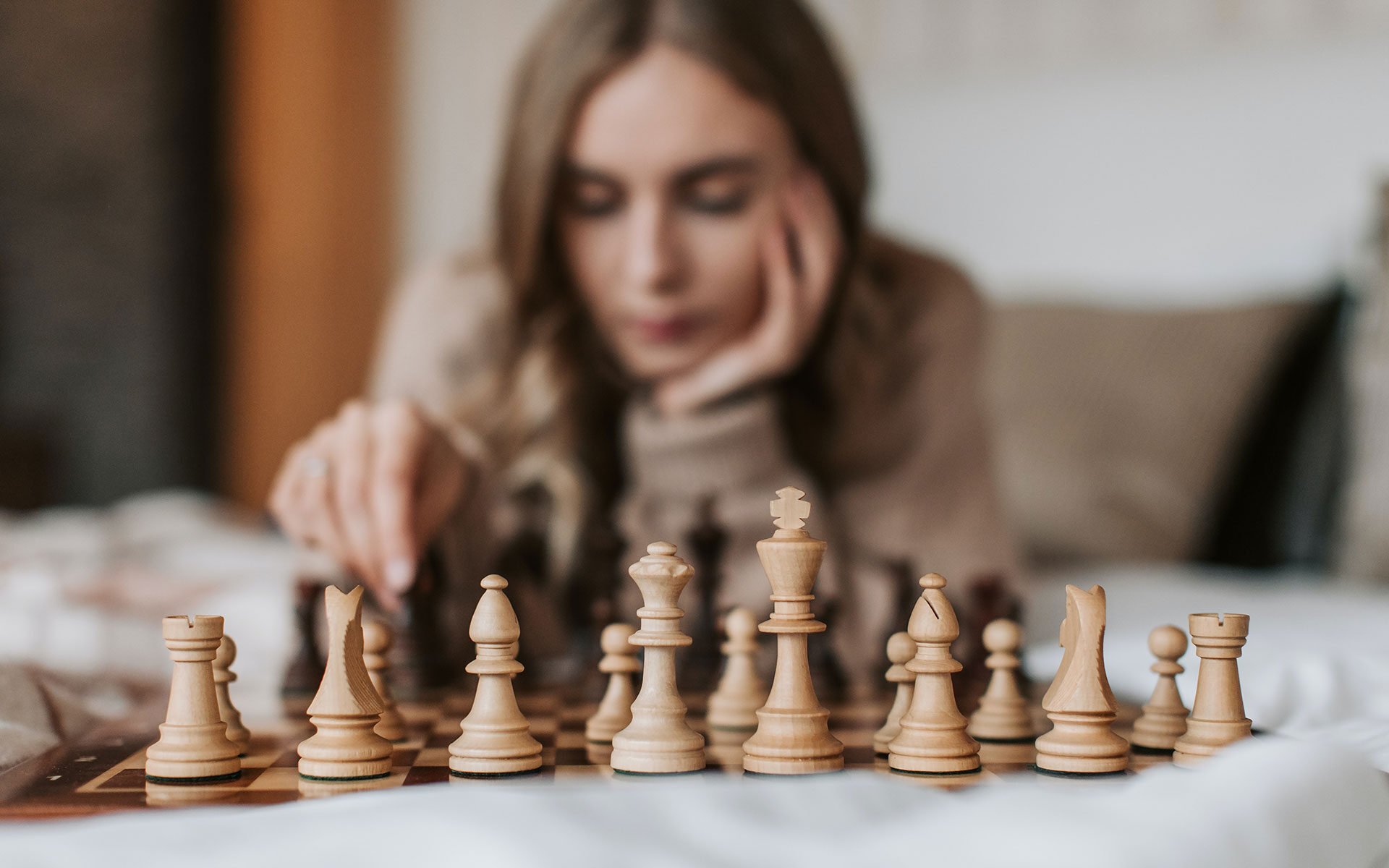Introduction
In the captivating realm of chess, where strategy meets intellect, a unique category of players has been making waves – Woman Grandmasters, commonly referred to as WGMs. This article embarks on an exciting journey to unravel the world of these extraordinary chess prodigies. From understanding their illustrious titles to the challenges they face, we delve into the intriguing universe of WGMs.
The Genesis of Woman Grandmasters
The story of Woman Grandmasters traces its origins to the mid-20th century when the World Chess Federation (FIDE) introduced this prestigious title. The primary aim was to recognize and celebrate the remarkable talents of female chess players.
Achieving the Coveted Title
1. The Path to WGM
To attain the title of Woman Grandmaster, a player must meet specific performance criteria in international chess tournaments. These criteria typically include achieving a certain Elo rating and securing norm certificates.
2. Exceptional Skill Set
WGMs aren’t just chess players; they are tactical geniuses. Their gameplay combines impeccable strategy, deep thinking, and an uncanny ability to foresee their opponent’s moves.
The World of Woman Grandmasters
3. Notable Woman Grandmasters
Let’s take a moment to acknowledge some of the most celebrated Woman Grandmasters in history. Names like Nona Gaprindashvili, Maia Chiburdanidze, and Judit Polgár have left an indelible mark on the chess world.
4. Breaking Stereotypes
WGMs often find themselves breaking down gender barriers in a traditionally male-dominated sport. Their achievements inspire future generations of female chess players to strive for excellence.
Challenges on the Chessboard
5. Gender Disparities
Despite their exceptional skills, WGMs still face gender disparities in terms of recognition and opportunities. We explore the ongoing efforts to bridge this gap.
6. Battling Bias
Gender bias remains a challenge, both on and off the chessboard. WGMs often confront stereotypes that underestimate their abilities.
The Impact Beyond Chess
7. Role Models
WGMs serve as role models not only for aspiring chess players but also for women in various fields. Their determination and achievements empower others to reach for the stars.
8. Educational Initiatives
Many WGMs are actively involved in educational programs, using chess as a tool to enhance critical thinking and problem-solving skills among students.
- Conclusion
In conclusion, Woman Grandmasters are the epitome of brilliance and perseverance in the world of chess. Their journey to the top is paved with challenges, but they continue to inspire and break boundaries. As we celebrate their achievements, let’s remember that the chessboard knows no gender.
Frequently Asked Questions (FAQs)
The Woman Grandmaster title is a prestigious recognition of exceptional chess skills among female players.
Yes, Judit Polgár, a WGM, has famously competed against and defeated male Grandmasters, proving that gender is no barrier in chess.
Young girls can start by learning the rules of chess and participating in local chess clubs or online chess platforms. With dedication and practice, they can work towards achieving the title.
The Elo rating system measures a player’s skill level in chess. To become a WGM, players often need to attain a specific Elo rating as part of the qualification criteria.
Promoting gender equality in chess involves providing equal opportunities, recognition, and support to female players. It also requires challenging stereotypes and biases within the chess community.
If you are interested in learning more about Summit School of Chess, please visit our website at https://summitschoolofchess.com/.
Learn more @ Chess School
Special Chess Lessons for Beginners
Chess Tournaments for Kids, Chess Tournaments Near Me
Chess Camps

